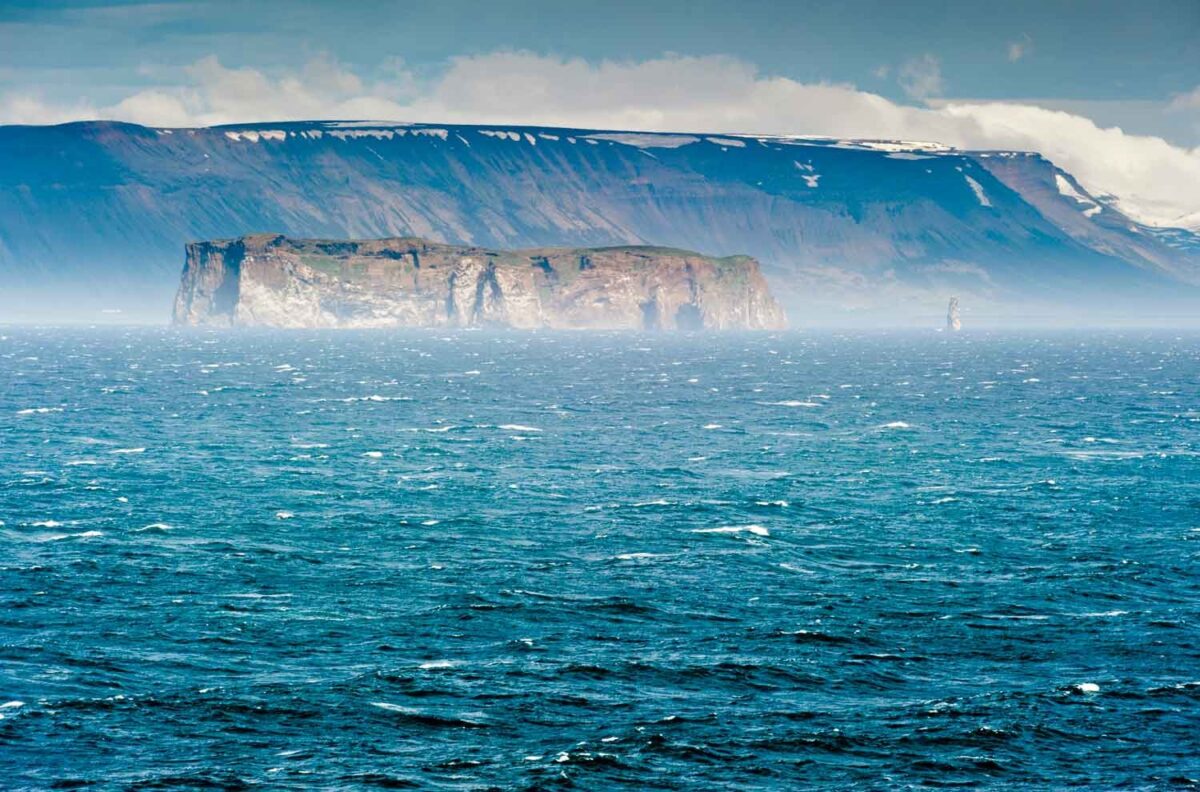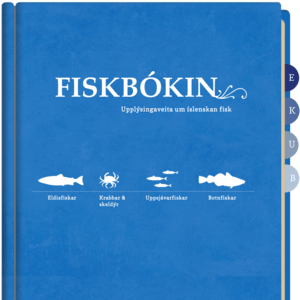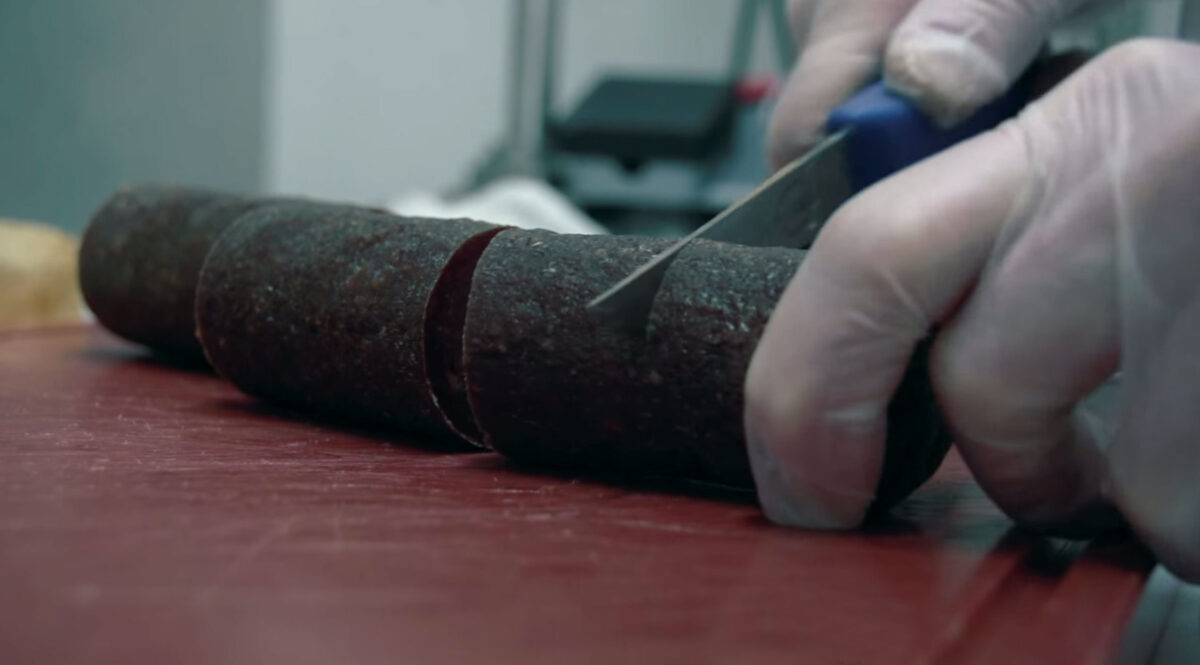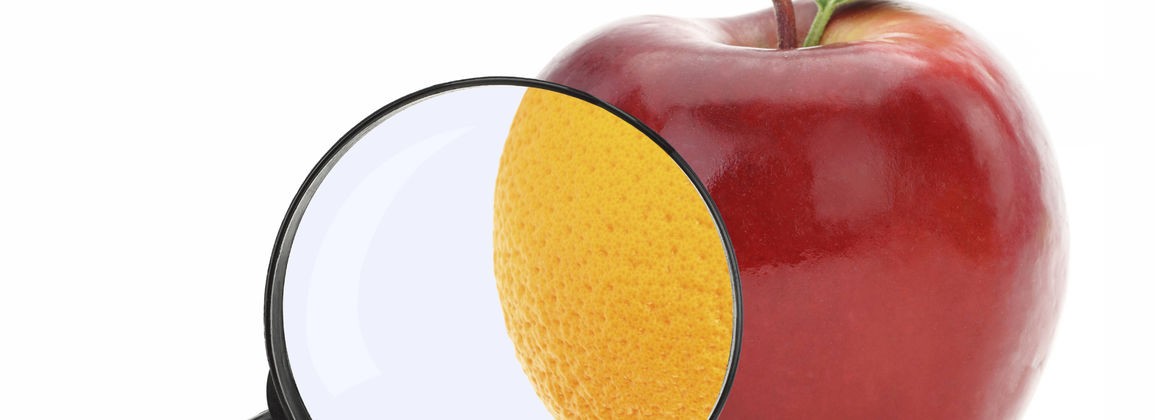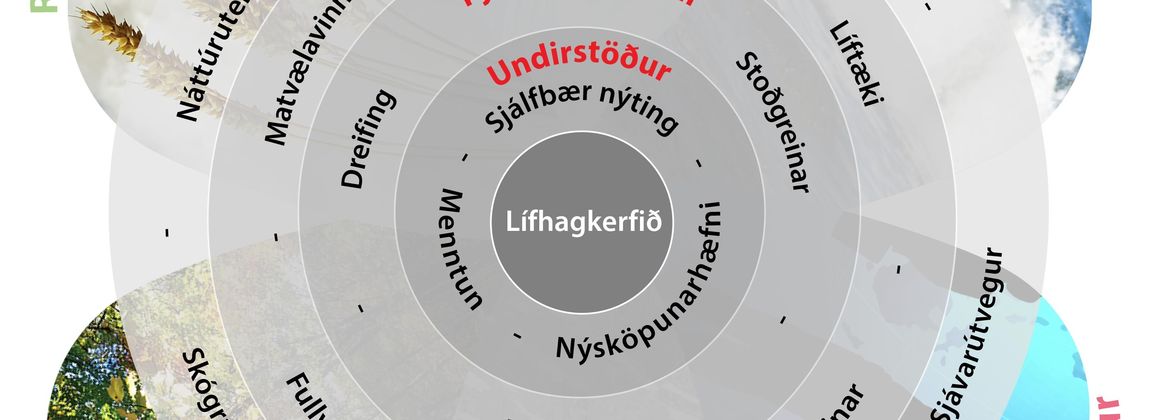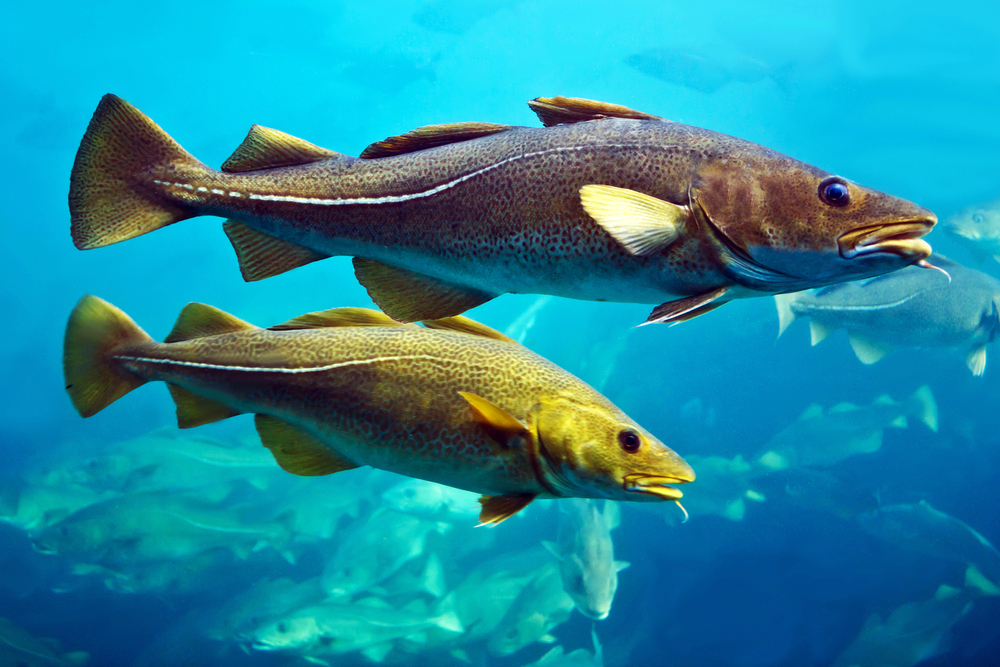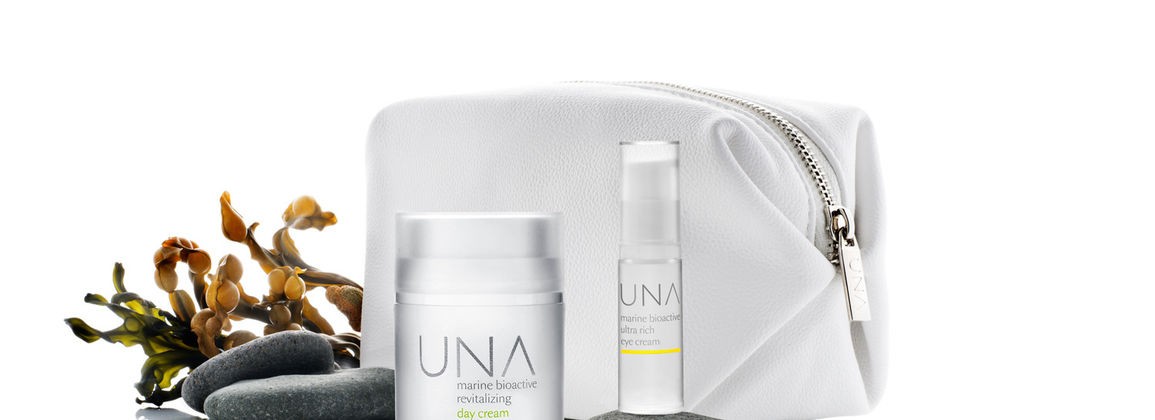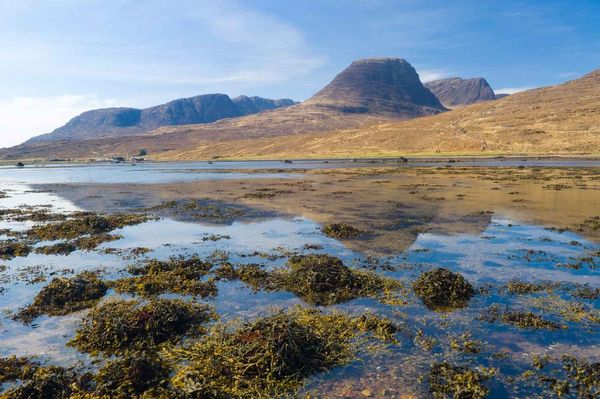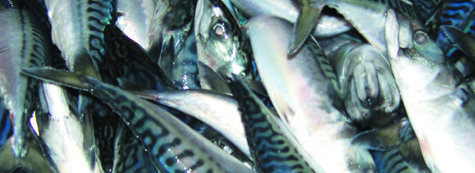Þegar matvara er skoðuð út í búð þá eru flestir að velta fyrir sér t.d. verði, gæðum eða hollustu, okkur finnst það sjálfsagt mál að varan uppfylli allar kröfur um heilnæmi og öryggi og það á ekki að vera matur á boðstólum úr í búð sem ekki er fullkomlega í lagi.
Við veltum því ekkert mikið fyrir okkur hvernig heilnæmi og öryggi matvæla er tryggt, við hugsum ekkert oft til opinbera eftirlitsaðila eða rannsóknastofnana, við gerum bara ráð fyrir að einhver sjái um þetta fyrir okkur. Og þannig er það líka að miklu leyti, Matís mælir og fylgist með óæskilegum efnum í matvælasýnum og umhverfinu og við getum treyst því að þar sé unnið af heilindum.
Það sem gengið getur að því að virðist fumlaust fyrir sig í dag, hefur ekki alltaf gengið eins vel. Framfarir margskonar hafa mótað samfélagið, daglegt líf fólks og viðfangsefnin. Fyrir eyþjóð umlukta lífvænlegu hafi er mikilvægt að hlúa að umhverfinu svo nýta megi auðlindirnar hér eftir sem hingað til.
Mestur hluti sjávarfangsins er fluttur út og seldur til gjaldeyrisöflunar fyrir samfélagið. Fyrir Íslendinga skiptir máli að nýta auðlindirnar með ábyrgum hætti. Matís þjónar allri virðiskeðju matvæla af metnaði með áherslu á lykilþætti virðiskeðjunnar m.a. með vöruþróun, með áherslu á gæði og stöðugleika, fagmennsku við meðhöndlun og síðast en ekki síst öryggi matvæla.
Hér á landi starfa aukin heldur kröftug fyrirtæki sem þjóna innanlandsmarkaði með framleiðslu af fagmennsku á öruggum matvælum. Alla jafnan ganga hlutirnir vel fyrir sig þökk sé þrotlausri þróun.
Hvort heldur sem er þegar eitthvað bjátar á eða þegar unnið er að nýjungum er oftar en ekki haft samband við sérfræðinga hjá Matís. I því ljósi á Matís í margvíslegu samstarfi við hvort heldur sem er þá sem framleiða matvæli, meðhöndla matvörur eða þá sem þjóna þeim sem það gera. Matís hefur átt í góðum samskiptum við neytendur og fyrirtæki.
Matís hefur unnið að þróun lífhagkerfisins hvort heldur sem er við þróun vinnsluferla sem fært hafa þjóðarbúinu milljarða eða með stuðningi við frumkvöðla í upphafi síns rekstrar og nýsköpunar.
Framþróun íslensks matvælaiðnaðar væri til lítils ef forsenda verðmætasköpunar væri ekki trygg, öryggi er lykilatriði í traustum viðskiptum og vöktun er þar með mikilvægur þáttur í viðskiptum með matvæli.
Vöktun felur í sér sívirka gagnaöflun um mengunarefni í matvælum og umhverfi. Kerfisbundin gagnaöflun gerir okkur kleift að segja til um hvernig styrkur mengandi efna á tilteknum svæðum hefur þróast og breyst með tíma. Gögn af þessu tagi eru nauðsynleg til þess að unnt sé að sýna fram á öryggi íslenskra matvæla, vernda ímynd þeirra og tryggja útflutningstekjur íslenskra afurða. Einnig eru gögnin mikilvægur liður í því að íslensk stjórnvöld geti staðið við skuldbindingar sínar og samninga við önnur lönd varðandi umhverfismengun.
Matís hefur sinnt vöktun á óæskilegum efnum í sjávarafurðum en nauðsynlegt er að líta á slíka vöktun sem langtímaverkefni þar sem eftirlit og endurskoðun á eftirlitsþáttum, eins og hvaða sjávarfang og efni eru mæld hverju sinni, er nauðsynleg. Helstu nytjategundir sjávar voru vaktaðar og rannsökuð voru á bilinu 60-90 óæskileg efni. Þeirra á meðal voru díoxín og díoxínlík PCB-efni en einnig voru mæld önnur PCB efni, varnarefni, þungmálmar og PAH efni. Ef ástæða þótti til var bætt við ákveðnu áhersluefni, t.d. ný mengandi efni sem lítið eða ekkert er vitað um í íslensku umhverfi. Með vöktunarverkefninu fengust nauðsynlegar upplýsingar um magn óæskilegra efna í íslensku sjávarfangi til langs tíma sem nýtast m.a. til að meta með vísindalegum aðferðum hvort óæskileg efni í íslensku sjávarfangi séu í samræmi við reglugerðir um matvælaöryggi og veita íslenskum stjórnvöldum, framleiðendum íslensk sjávarfangs, mörkuðum og neytendum óháð vísindaleg gögn um öryggi sjávarafurða. Niðurstöður vöktunarinnar hafa nýst útflytjendum sjávarfangs, sjávarútvegsfyrirtækjum, eftirlitsaðilum og fleirum til að sýna kaupendum íslenskra sjávarafurða fram á stöðu íslenskra sjávarafurða með tilliti til öryggis og heilnæmis.
Matís kemur því með óbeinum hætti að því að tryggja markaðsaðgengi íslenskra matvæla eða eins og við erum gjörn á að líta á okkur sjálf: Matís – við erum á bak við tjöldin!
Nánari upplýsingar veita Arnljótur Bjarki Bergsson og dr. Hrönn Ólína Jörundsdóttir hjá Matís.
Grein þessi birtist fyrst í Bændablaðinu.

